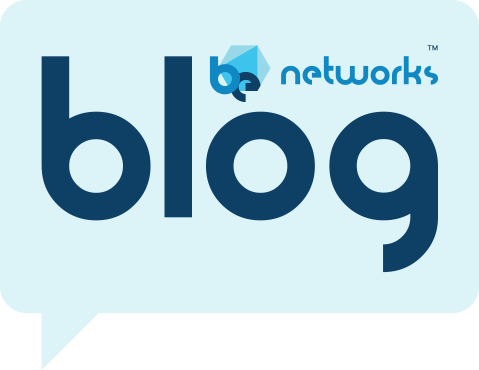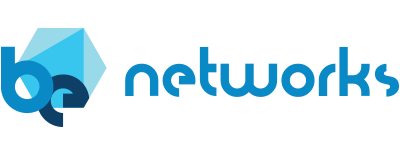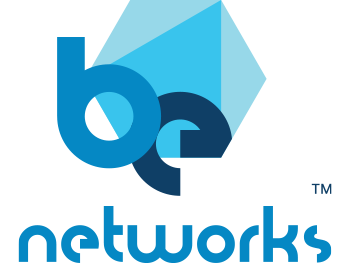
Cisco vs. Open Networking in the Data Center: A CCIE’s Perspective
As a network engineer with a CCIE and years of hands-on experience operating both traditional Cisco-based data centers and open network environments including SONiC (Software for Open Networking in the Cloud) and Nvidia Cumulus, I’ve had a front-row seat to the paradigm shift in data center networking. While Cisco continues to offer a tightly integrated experience, SONiC introduces a fundamentally different operational model—one that favors flexibility, openness, and DevOps-driven automation.
For the purposes of this post, I’m going to focus on SONiC, but Cumulus also offers the same improvements over the legacy NOS model.
Here are the major operational differences between the two approaches:
1. Control Plane and OS Architecture
Cisco switches—whether they run NX-OS (standalone or ACI mode) or IOS-XE—come with a vertically integrated software stack. The OS, device drivers, and hardware are tightly coupled and managed as a single unit. This provides deep integration with Cisco’s management and telemetry tools like DNAC and Nexus Dashboard.
In contrast, SONiC is a disaggregated NOS that runs on white-box hardware. It’s built on a Linux base with a containerized control plane, allowing individual services like BGP, LLDP, and SNMP to run independently. This microservices model provides resilience and flexibility but demands a higher level of Linux and systems knowledge to manage effectively.
2. Management and Automation
Cisco’s tooling leans heavily on GUI-based platforms and traditional CLI, with some support for NetConf/YANG and REST APIs for automation. For traditional and legacy organizations that are not DevOps-heavy, Cisco’s model provides documentation, TAC support, and validated designs.
SONiC, however, is inherently automation-first. There’s no extensive GUI out of the box (but you can use Verity)—everything is done through CLI, REST, or automation frameworks like Ansible, Terraform, or custom Python scripts. In fact, SONiC is optimized for CI/CD-style operational workflows, treating the network as code. This is extremely powerful for private cloud builders and new data centers.
3. Hardware Support and Vendor Ecosystem
Cisco hardware and software are sold together. You get fewer variables, however, this comes with vendor lock-in and often a higher price point.
With SONiC, hardware and software are decoupled. You might run SONiC on switches from Dell, Edgecore, Nvidia, or Celestica, depending on your use case and budget. This increases flexibility and supply chain options, and no one wants to be told that they can’t get a new switch for 6 months, right?
4. Troubleshooting and Support
Cisco sells TAC support, licensing, and embedded troubleshooting tools. Network engineers can often rely on their diagnostics, logs, and a community of Cisco-certified professionals.
With SONiC, troubleshooting is based on a large and growing open source community, as well as a variety of support providers. As an example, when using BE Networks Verity, you get full support for your SONiC networks, including software, triage and escalation with the hardware vendor, and an extremely easy replacement model.
Final Thoughts
Operating a Cisco-based data center is like driving luxury car—smooth, expensive, and you better not modify anything or you void the warranty and any chance for support. SONiC, on the other hand, is like building your own racecar from modular components—it’s fast, highly customizable, and cost-efficient, but you may need a partner to do work under the hood.
SONiC was originally optimized for hyperscalers and agile DevOps environments, so it’s a glimpse into the future of open networking. Now with full 24/7 support, GUI, APIs and more, it is the popular choice for operators who want to cut costs while increasing their business agility.
For more information on SONiC and BE Network’s Verity, please feel free to email me, I love talking about Open Networking!


Josh Saul
VP Product Marketing
Josh Saul has pioneered open source network solutions for more than 25 years. As an architect, he built core networks for GE, Pfizer and NBC Universal. As an engineer at Cisco, Josh advised customers in the Fortune 100 financial sector and evangelized new technologies to customers. More recently, Josh led marketing and product teams at VMware (acquired by Broadcom), Cumulus Networks (acquired by Nvidia), and Apstra (acquired by Juniper).


